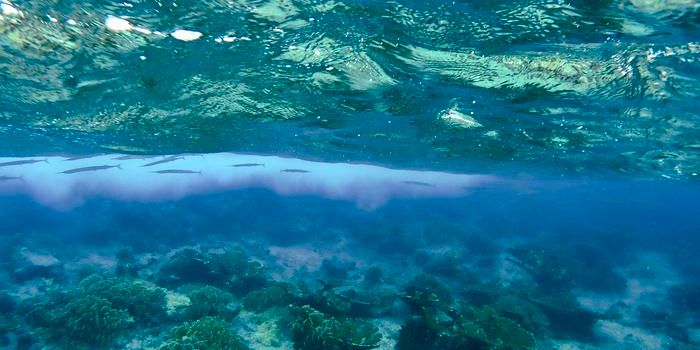Unsafe Antibiotic Levels Detected in Rivers Worldwide
Antimicrobial resistance is a growing threat to global health. Scientists from the University of York conducted a global study of river samples to identify regions where antibiotic pollution could be contributing to this problem.
With the help of global partners, the research team looked for 14 commonly used antibiotics by testing samples from 711 sites in 72 countries across six continents. Sampling kits were sent to research partners who were asked to take samples from their local river systems. The samples were frozen and sent back to the University for analysis. The findings of this analysis to date were presented at the annual meeting of the Society of Environmental Toxicology and Chemistry in Helsinki this week.
In a statement from the University of York, lead researcher Dr. John Wilkinson, of the Department of Environment and Geography, stated: “Until now, the majority of environmental monitoring work for antibiotics has been done in Europe, North America, and China. Often only on a handful of antibiotics. We know very little about the scale of the problem globally.”
In this first-ever global study of its kind, researchers detected antibiotics at 65% of the locations monitored with unsafe levels in some of the world’s major rivers. Professor Alistair Boxall, researcher and leader of the York Sustainability Institute, told York reporters that these results are “quite eye-opening and worrying, demonstrating the widespread contamination of river systems around the world with antibiotic compounds.”
The antibiotic that most frequently exceeded levels deemed safe was Ciprofloxacin, which is used to treat a wide range of bacterial infections. It surpassed the safe concentration level at 51 test sites and is currently considered the compound of most significant concern. The most common antibiotic detected at 43% of the sites tested was trimethoprim, which is used to treat urinary tract infections.
The antibiotic that exceeded safe concentration levels by the highest margin, up to 300 times at one site in Bangladesh, was metronidazole. This compound is used to treat bacterial infections, including those of the skin and mouth.
The highest degree of contamination was discovered at sites in Bangladesh, Kenya, Ghana, Pakistan, and Nigeria. While sites in Asia and Africa most frequently exceeded safe concentration levels, sites in Europe, North America, and South America had levels that showed researchers the true scale of this global problem.
The scientists intend to continue their analysis to investigate more countries. They also aim to identify the environmental, technological, and socio-economic drivers of antibiotic pollution. Currently, they’ve determined that concentrations are higher in sites typically close to a wastewater treatment system, waste or sewage dumps, or areas of political turmoil.
Sources: University of York, The Guardian
-
MAY 07, 2024Is It Anti-RNP or Anti-Sm/RNP?
- See More
-
APR 30, 2024Immuno-Oncology Virtual Event Series 2024
-
MAY 07, 20243rd International Biosecurity Virtual Symposium
-
JUN 06, 2024The Future of Scientific Conferencing
- See More


















































